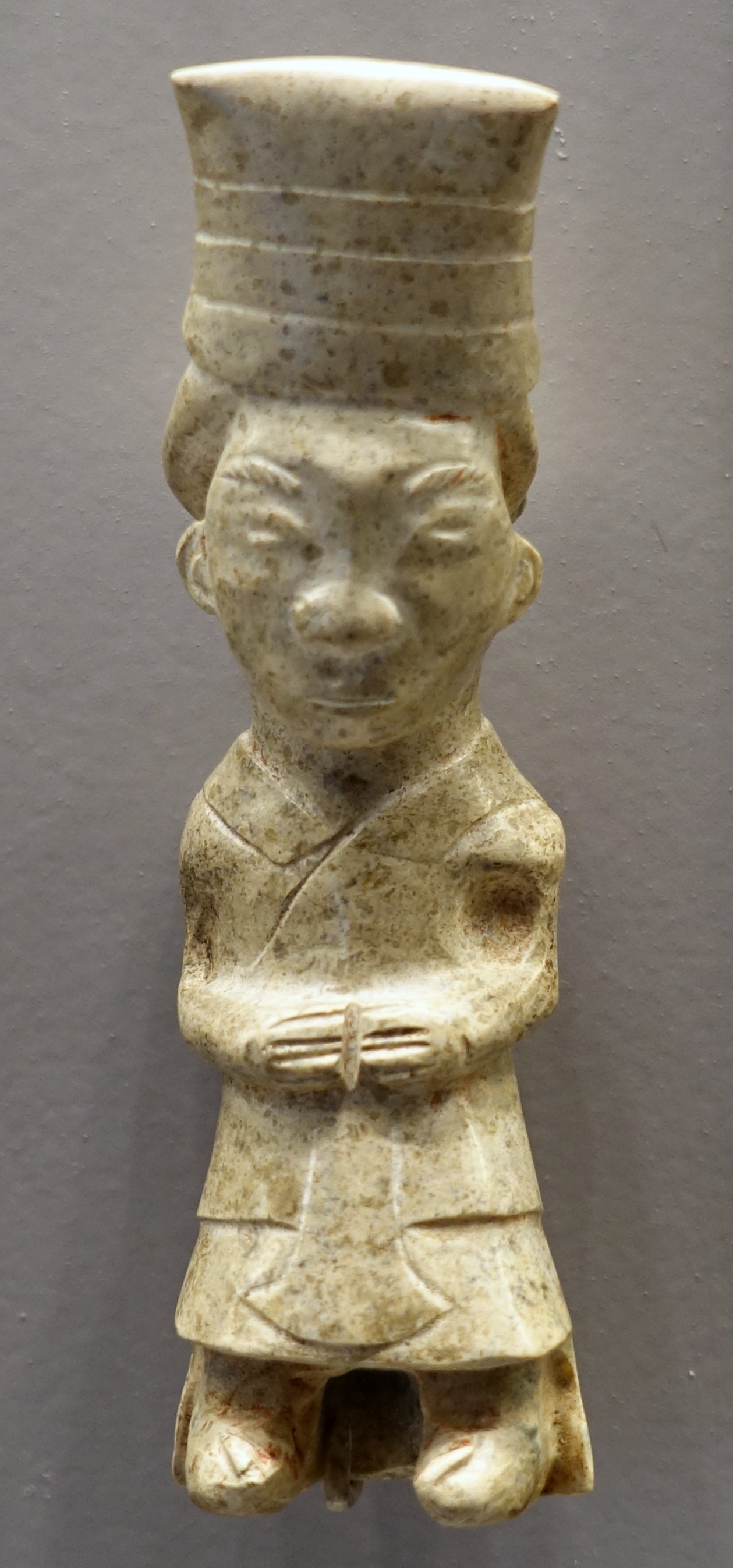Shang dynasty
 | p = Shāng
| w =
| mi =
| bpmf = ㄕㄤ
| tp = Shang
| poj = Siong
| tl = Siong
| showflag = p
| wuu = Saon
| j = Soeng1
| y = Sēung
| ci =
| oc-b92 = *hljang
| oc-bs = *
| c2 =
| p2 = Yīn
| bpmf2 = ㄧㄣ
| mi2 =
| tp2 = Yin
| w2 =
| j2 = Jan1
| ci2 =
| y2 = Yān
| poj2 = Ûn
| tl2 = Ûn
| wuu2 = In
| oc-bs2 = *
}}
| p = Shāng
| w =
| mi =
| bpmf = ㄕㄤ
| tp = Shang
| poj = Siong
| tl = Siong
| showflag = p
| wuu = Saon
| j = Soeng1
| y = Sēung
| ci =
| oc-b92 = *hljang
| oc-bs = *
| c2 =
| p2 = Yīn
| bpmf2 = ㄧㄣ
| mi2 =
| tp2 = Yin
| w2 =
| j2 = Jan1
| ci2 =
| y2 = Yān
| poj2 = Ûn
| tl2 = Ûn
| wuu2 = In
| oc-bs2 = *
}}The Shang dynasty (), also known as the Yin dynasty (), was a Chinese royal dynasty that ruled in the Yellow River valley during the second millennium BC, traditionally succeeding the Xia dynasty and followed by the Western Zhou dynasty. The classic account of the Shang comes from texts such as the ''Book of Documents'', ''Bamboo Annals'' and ''Shiji''. Modern scholarship dates the dynasty between the 16th and 11th centuries BC, with more agreement surrounding the end date than beginning date.
The Shang dynasty is the earliest dynasty of traditional Chinese history firmly supported by archaeological evidence. Excavation at the last Shang capital Yinxu, near modern-day Anyang, uncovered eleven major royal tombs and the foundations of palaces and ritual sites, containing weapons of war and remains from both animal and human sacrifices. Tens of thousands of bronze, jade, stone, bone, and ceramic artefacts have been found.
The Anyang site has yielded the earliest known body of Chinese writing, mostly divinations inscribed on oracle bones—usually turtle shells or ox scapulae. More than 20,000 were discovered in the initial scientific excavations during the 1920s and 1930s, and over four times as many have been found since. The inscriptions provide critical insight into many topics from the politics, economy, and religious practices to the art and medicine of the early stages of Chinese history. Provided by Wikipedia
-
1
-
2
-
3by Shang Dai, Ye Jin, Tao Li, Yulan Weng, Xiaolin Xu, Genlin Zhang, Jiulong Li, Renjiang Pang, Bing Tian, Yuejin HuaGet full text
Published 2018-01-01
Article -
4by Tao Li, Yulan Weng, Xiaoqiong Ma, Bing Tian, Shang Dai, Ye Jin, Mengjia Liu, Jiulong Li, Jiangliu Yu, Yuejin HuaGet full text
Published 2017-07-01
Article -
5
